Mendoza is proud of its culture, that is why, visitors are invited to see its architecture, social and intellectual life. These aspects are so important for us that the City Hall has been continuously trying to keep our memory alive.
ACUARIO MUNICIPAL. This aquarium, opened on May, 25th, 1945, was the first one in Argentina. It has been recently refunctionalized and reopened. There, a wide variety of fish can be seen, both freshwater fish ( tropical viviparous and oviparous fish, salmons, shads, rays or eels, and sea fish (sea anemone, sea horses, sea urchins, sharks, caimans, mollusks and crustaceans) , and the huge 95year -old turtle Jorge (1420 Ituzaingo St.)
ÁREA FUNDACIONAL (FOUNDATIONAL AREA). This is the area where the city was founded by Pedro del Castillo in 1561. Round 1610 it could already be observed that the urban planning corresponded to the activities typical of colonial cities, related to the defense and colonization of new territories. These activities are reflected in the distribution of the founding nucleus, dominated by a central space – Plaza de Armas – where the army could carry out maneuvers, and where market could easily take place. There was almost no space for vegetation in public spaces. In this first stage, the green in urban places was only considered as incipient vegetation within walls. This urban conglomerate, where the commercial, civic, and religious centre of the city was located, was completely destroyed by the 1861 earthquake. Where the Cabildo (Colonial Town Hall) was located now stands the Área Fundacional Museum. The ruins of San Francisco Church can still be seen.
PLAZA PEDRO DEL CASTILLO. Pedro del Castillo Square is the only spot of today city which reminds its inhabitants of the first city of Mendoza, founded on March 2 1561. Originally called “Plaza de Armas” (1562), it was the center of the old city. Its subsequent names correspond to the different periods of our history: “Plaza Central (1810) to “Plaza Independencia”, “Plaza de la Constitución”, etc. In 1860 the square was named Plaza Mayor, and it was the most important civic centre of the old city, which was built according to Spanish Colonial architecture. This urban agglomeration was completely destroyed by the 1861 earthquake. On November 15 1912, under Agustín Vaquié administration, the square was named Pedro del Castillo in honour of its founder. It was remodeled in 1992.
MUSEO AREA FUNDACIONAL (FOUNDATION MUSEUM). In the intersection of Beltrán and Videla Castillo streets, its outstanding structure houses relics of the history of Mendoza, such as the ruins of Casa Consistorial or 1749 Cabildo (City Hall), the colonial fountain or the 1877 slaughterhouse. It is an archaeological site museum unique in its kind in the city. Its main purpose is to protect and exhibit the archaeological remains found on the site which belong to our heritage. The excavations recover the remains of the foundation, walls and ceramic tiles of the Cabildo (Colonial Town Hall), which disappeared as a consequence of the devastating 1861 earthquake which destroyed the colonial city. Later, the public slaughterhouse and after that the town fair (1930) operated on this site. The exhibition rooms permanently show, through different didactic methods, the stages of Mendoza’s territorial settlements and the growth of the city. Tourist can take part in guided tours to the museum and the underground chamber.
RUINAS DE SAN FRANCISCO (SAN FRANCISCO RUINS). They are the surviving remains of the temple destroyed by the 1861 earthquake. This temple once housed the image of Virgen del Carmen de Cuyo. The Society of Jesus originally settled on this building in 1609. In 1628 their temple was a beautiful stone, lime and brick construction with a magnificent nave with side chapels. When the Jesuits were expelled in 1767, they had to close the doors of their temple and leave the country. Then, in 1798, was taken over by the Franciscans. This was where Bandera de Los Andes (Liberation Army flag) was first sworn in and blessed.
PASEO ALAMEDA. The Alameda walk is named after the Álamo trees (poplar trees) that were planted on both sides of the walk with the purpose of protecting the city of Mendoza of the inclemency of the Zonda wind. These trees were planted there around 1800. After the 1861 earthquake, the trees were cut down due to a large quantity of rats invading the Alameda walk. It is said that Poplar Trees were replaced by Carolina Poplar Trees for hygiene reason. Important figures such as General San Martin, General O’Higgings, Charles Darwin, Facundo Quiroga, among others walked through the Alameda. This walk, which was recently remodeled, runs alongside Tajamar Canal. At present, the length of the Alameda walk is 1Km. and there are big Tipu Trees planted instead of Poplar trees. It features picturesque flower stalls, as well as pubs and bars where cultural events are held.
CATEDRAL DE LORETO. Mendoza Cathedral is located in Plaza Domingo F. Sarmiento,. Its stained-glass windows are considered the most valuable pieces of religious art in Mendoza. They are antique pieces brought from France by the first Mendoza bishop.
DOMINGO F. SARMIENTO SQUARE. The square has a great historical and patrimonial value, given that was created in the XVIII century and it is the second one built in the City. Towards the XIX century, it was known as “New Square” in opposition to the “Old Square”, as the actual Pedro del Castillo Square is called now. But thanks to the initiative of a group of educators, the square took the name of the great san juaninian (Domingo F. Sarmiento). There rises an homage made by the sculptor Luis Perlotti in 1966.
In 2014, the square was completely remodeled based on modern urban criteria which marks a new tendency at the time of enjoying the green spaces, with a simplified mapping, large visuals, new internal trails and refashioned rest spaces.
MUNICIPAL AQUARIUM. It was the very first created in the country, opened to the public on May 25th of 1945 and recently amended and reopened. It’s located at the “Bernardo O’Higgins” Park. There you can appreciate curious and varied exhibitions of fish, sweet (tropical viviparous and oviparous fishes, mazed species, salmon, catfish, lisas, shad, rays or eels) and salted water (sea anemones, seahorses, sea urchins, sharks, caimans and others, with a variety of Mollusca and Crustacea) both.
Modern installations allow to show around 1.700 specimens in different pools and fish tanks that recreate the natural habitat of each animal. The aquarium has around 50 pools in exposition of aquatic flora and fauna, which makes a total of 65.000 litres of water.
The biggest attraction of the aquarium is the only Argentinian guest, which usually lives in tropical and subtropical oceans, a giant tortoise named Jorge. This remarkable specimen spends its days in a massive tank of 20.000 litres of sea water.
SERPENTARIO ANACONDA. Visitors will see a collection of saurians, and living serpents such as anaconda, rattlesnake, boa, pit viper, false coral snake, and python.
TAJAMAR CANAL. This irrigation canal comes from the center of the city. It used to be the Huarpes tribe irrigation system. It is said to have belonged to Chief Tabalque, owner of Las Chimba farm.
PARQUE BERNARDO O’HIGGINS. It is a green strip running parallel to Cacique Guaymallen Canal. Its attractions include a playground, and Gabriela Mistral Theater.
Esta entrada también está disponible en: Spanish Portuguese (Brazil)




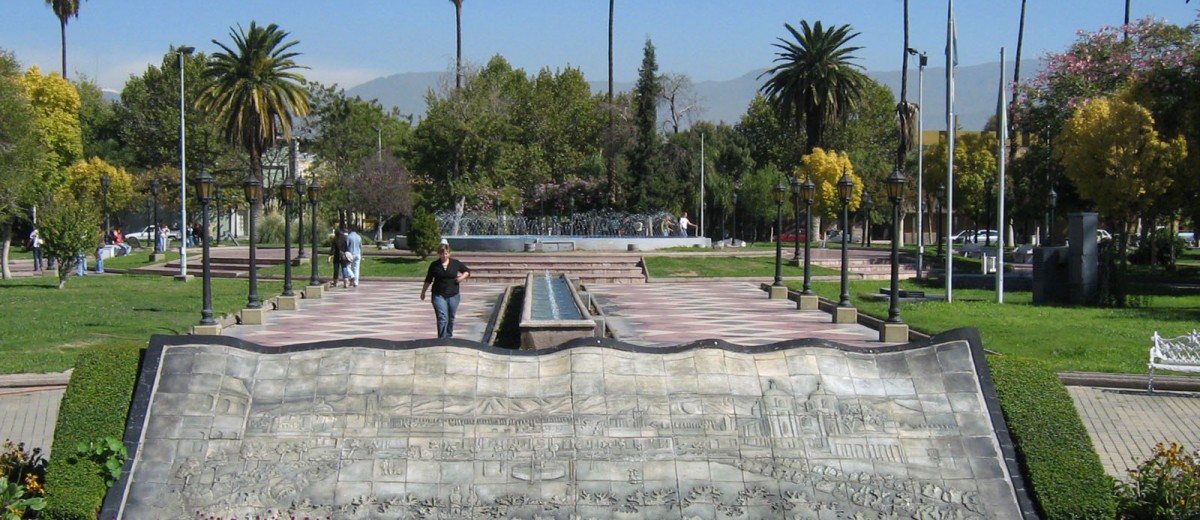
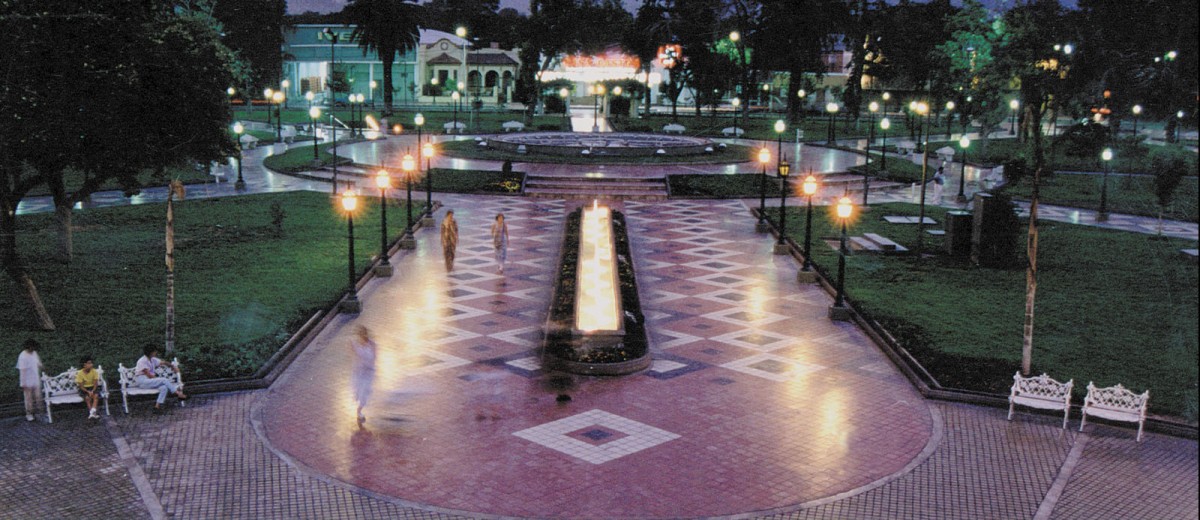
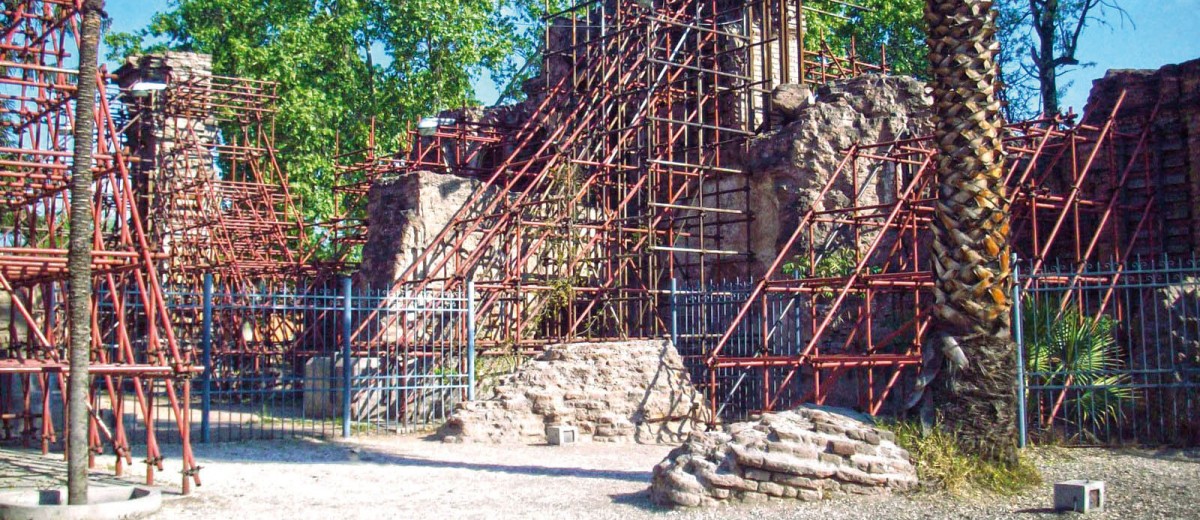
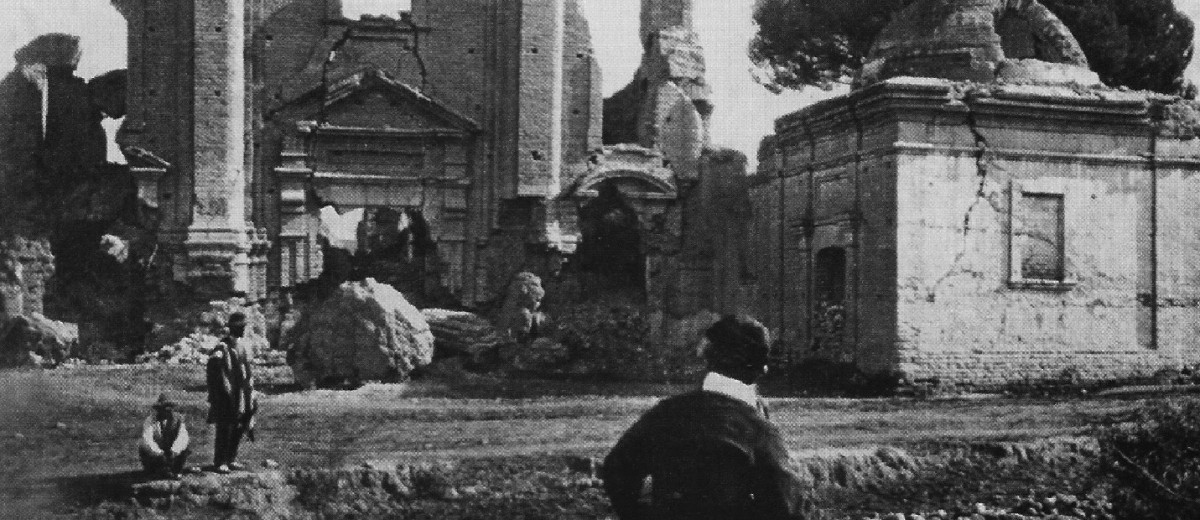

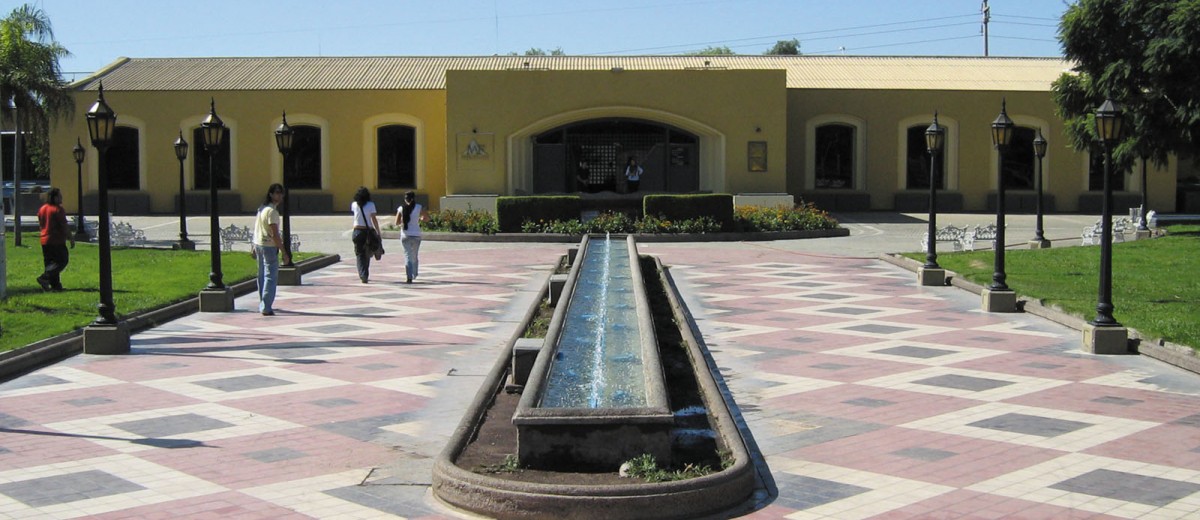

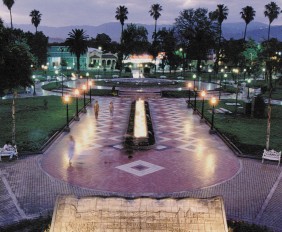

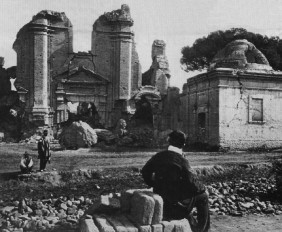

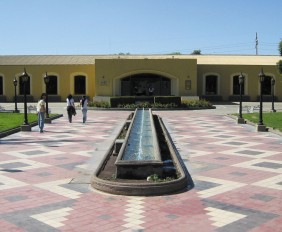
¿Qué te pareció la publicación?